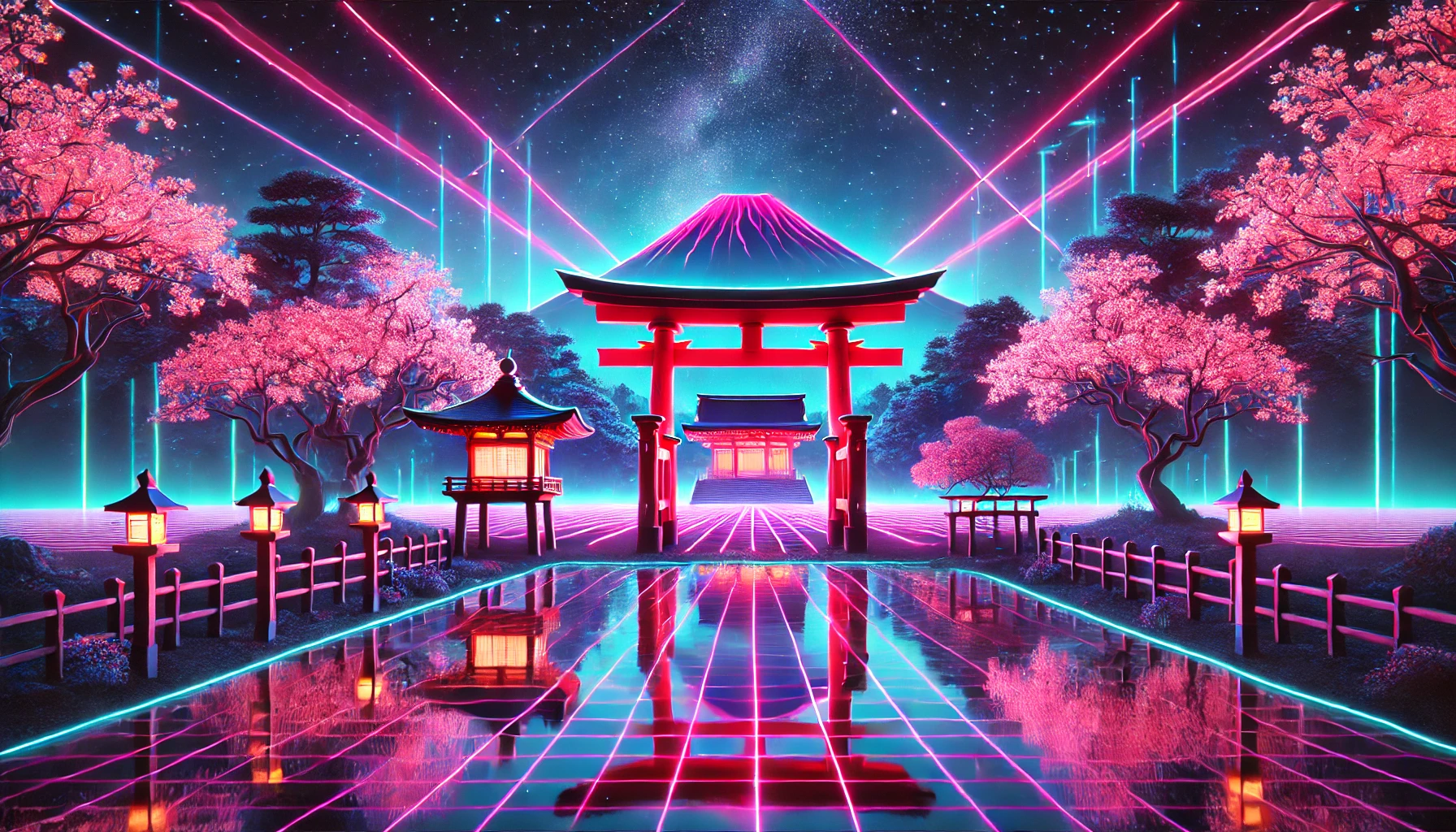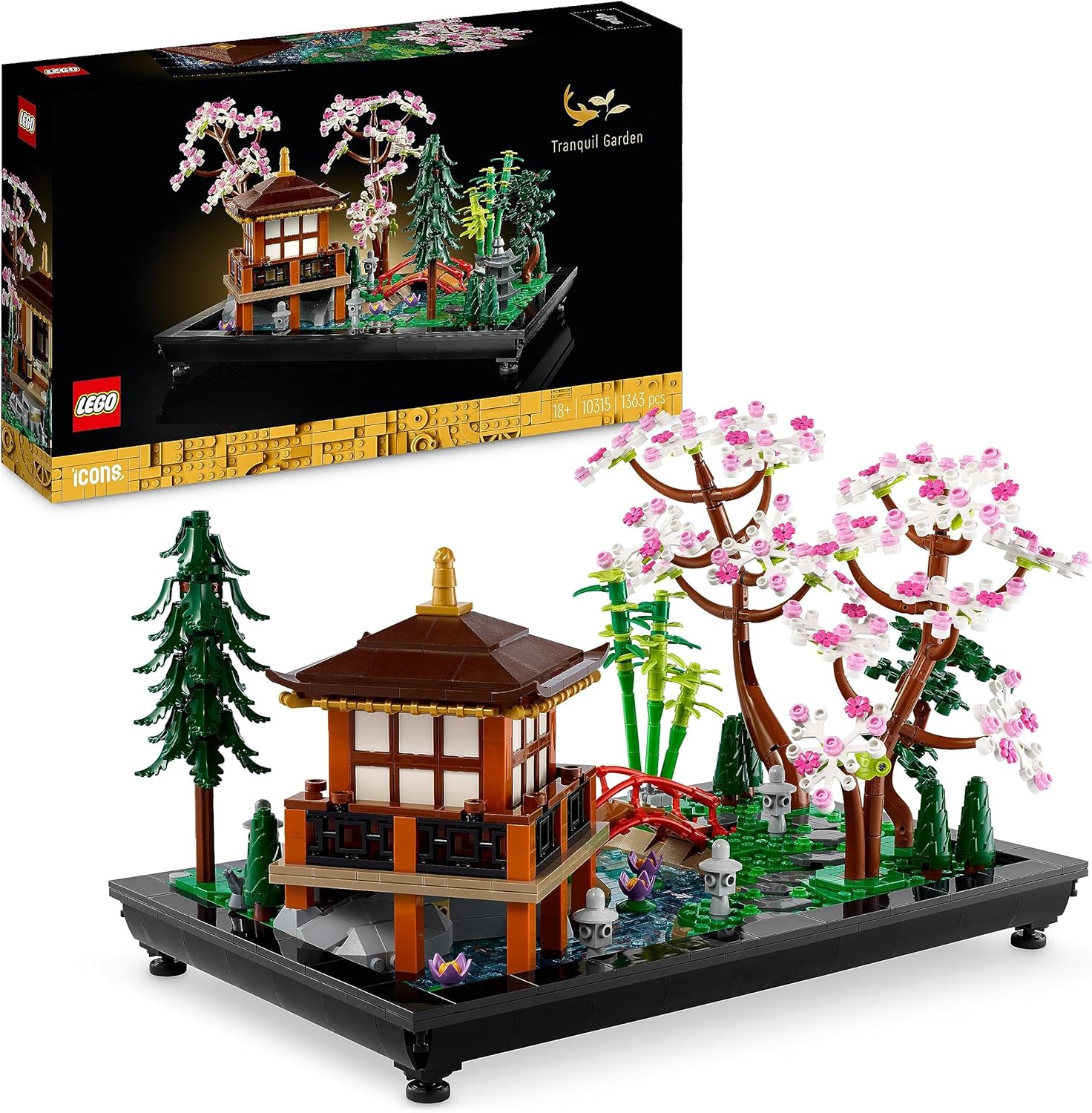Shinto Vocabulary and Traditions: A Guide for Japanophiles
Posted on: 2024-12-31 | at: 12:52:09
Japan isn’t just about neon-lit streets, retro games, and delicious gyoza—it’s also a land deeply rooted in spiritual traditions. Shintoism (神道, Shintō), Japan's indigenous religion, is a fascinating and timeless thread woven through the country's culture, art, and even pop media like anime and manga. Today, we’ll dive into what makes Shintoism so captivating, exploring its key beliefs, sacred spaces, and unique vocabulary to help you better understand its role in Japanese life.
What is Shintoism?
Shintoism isn’t a religion in the Western sense, with strict doctrines or sacred texts. Instead, it’s more like a way of life, focusing on harmony with nature and reverence for spirits, known as kami (神). These kami can be gods, natural forces, or even ancestors. You’ll find traces of Shintoism in everyday Japanese life, from festivals (matsuri 祭り) to weddings at Shinto shrines (jinja 神社).
Key Concepts of Shintoism
- Reverence for Nature: Mountains, rivers, trees, and even rocks can be sacred.
- Purity and Cleanliness: Ritual cleansing (misogi 禊) is a central practice to purify oneself before approaching the sacred.
- Festivals and Rituals: Seasonal festivals honor the kami and bring communities together.
The Shinto Experience
If you’ve ever visited Japan or played games like Okami or watched Spirited Away, you’ve seen Shinto elements. Shrines (jinja) dot the countryside and cities, inviting visitors to pray, make offerings (osaisen お賽銭), or tie fortunes (omikuji おみくじ). Some shrines are dedicated to major deities, while others honor local spirits.
When visiting a shrine, follow these steps to show respect:
- Purify yourself at the temizuya (手水舎) with water.
- Approach the main shrine building (honden 本殿), bow twice, clap twice, pray silently, and bow once more.
- If you’re feeling lucky, draw an omikuji to see what the kami have in store for you!
Shinto Vocabulary
Here’s a handy table of essential Shinto terms to deepen your understanding:
| Japanese (Kanji) | Romaji | Meaning |
|---|---|---|
| 神道 | Shintō | Shintoism, the Way of the Gods |
| 神 | Kami | Spirits, gods, or deities |
| 神社 | Jinja | Shinto shrine |
| 狛犬 | Komainu | Shrine guardian lion-dog statues |
| 鳥居 | Torii | Gate marking the entrance to sacred space |
| 御守り | Omamori | Protective amulets sold at shrines |
| 絵馬 | Ema | Wooden plaques for writing prayers or wishes |
| おみくじ | Omikuji | Fortune slips |
| 祭り | Matsuri | Festivals celebrating kami |
| 本殿 | Honden | Main hall of a shrine |
| 禊 | Misogi | Ritual purification |
| 御賽銭 | Osaisen | Offering money to the kami |
| 神楽 | Kagura | Traditional Shinto music and dance |
Shinto in Pop Culture
Shintoism isn’t just for history buffs! It’s woven into Japanese pop culture:
- Anime and Manga: The kami often play significant roles in series like Noragami and Spirited Away.
- Video Games: Titles like Okami and Persona are inspired by Shinto themes and mythology.
- Music and Art: City pop aesthetics often blend modern and traditional Japanese elements, reflecting Shinto-inspired visuals like torii gates against sunsets.
Final Thoughts
Shintoism is an enriching lens through which to explore Japan. Whether you're admiring a torii gate, participating in a festival, or playing games inspired by its mythology, understanding Shintoism deepens your connection to Japan’s culture. So, next time you pass through a torii, give a little nod to the kami—you might feel the magic of Japan’s spiritual heart.
Are you hungry for more knowledge about Japan’s rich culture? Dive into more lessons, resources, and quizzes on PekoPeko and fuel your love for all things Japan!
PekoFam, tell us your thoughts! Do you have a favorite Shinto shrine or kami from your favorite anime, manga, or games? Share it in the comments below! 🌸


